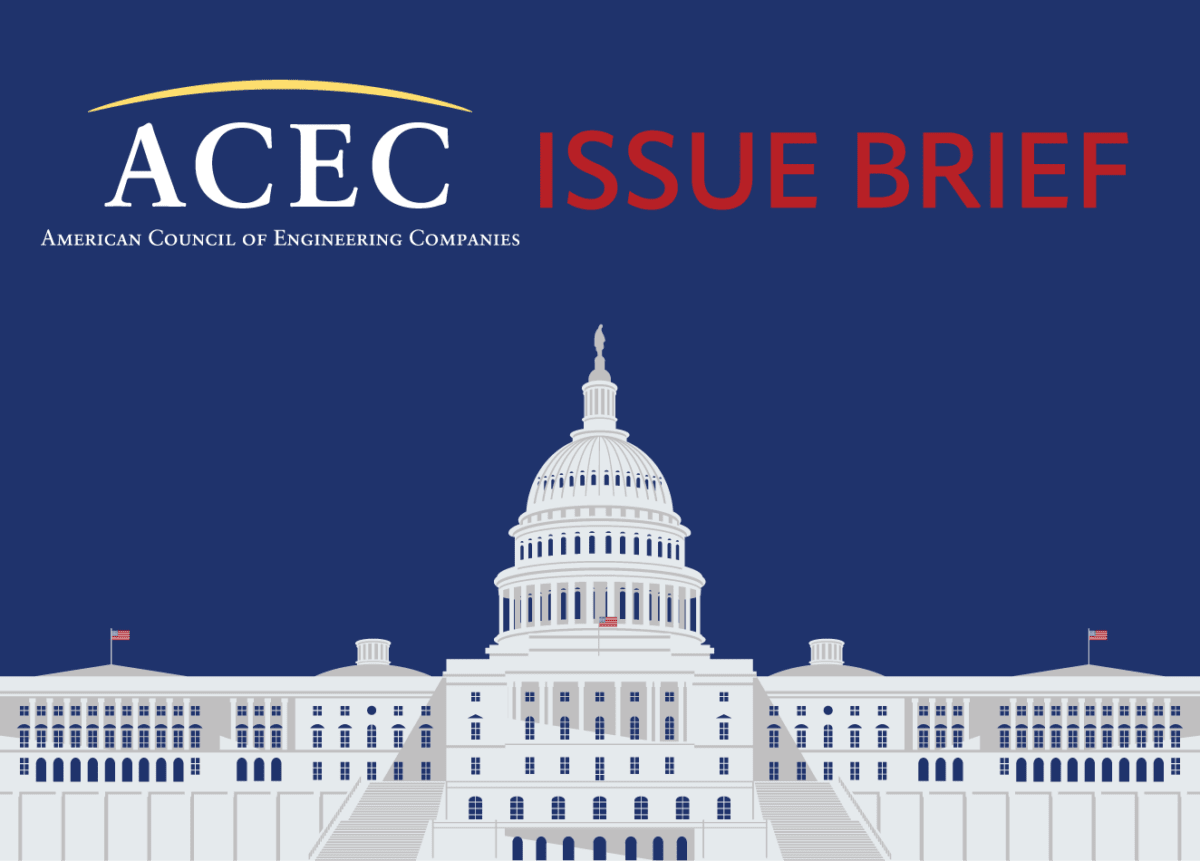Background:
Since 1954, Section 174 of the federal tax code allowed businesses to deduct qualified research expenses in the year those costs were incurred. Congress created the related R&D tax credit in 1981.
These long-standing rules provided for a current tax benefit that matched up with current expenditures. This structure helped existing and startup businesses see immediate tax benefits for funds spent on innovation.
As part of the Tax Cuts and Jobs Act of 2017, Congress changed how taxpayers write off R&D expenses. Starting on January 1, 2022, firms could no longer write off R&D expenses in the year they were incurred and now must amortize those expenses over five years in most cases.
Key Points:
- Amortization of R&D expenses will cause significant cash flow problems for engineering firms and potentially impact workforce expenses, which is the largest cost for engineering firms.
- Requiring that R&D expenses be deducted over five years creates a disincentive for investment in innovation.
- The U.S. is currently only one of two developed countries that requires amortization of R&D expenses and many of our competitors, including China, offer businesses larger incentives for R&D.
Request:
ACEC urges Congress to pass the American Innovation and R&D Competitiveness Act to repeal the R&D amortization requirement.

